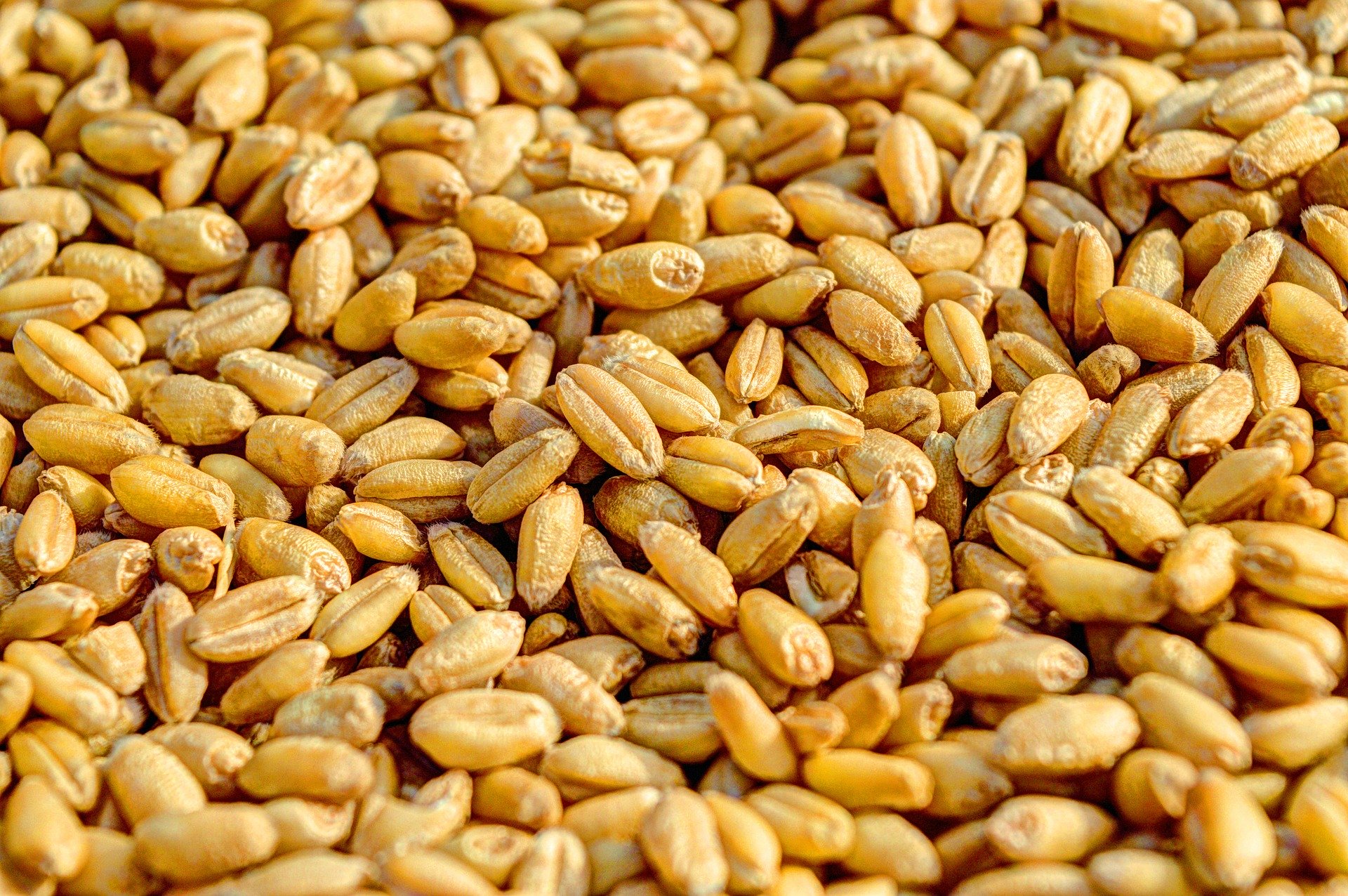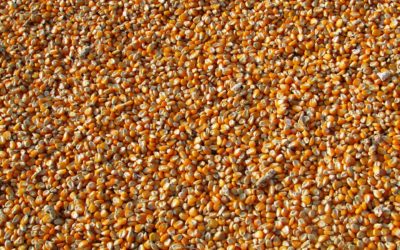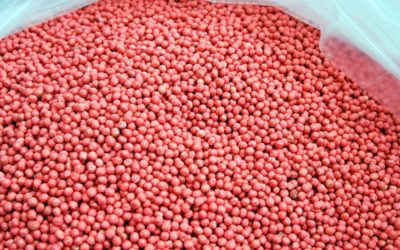The following piece is from our sister publication, Germination.
Those who were there at the beginning say discussions about uniting our industry must finally turn to action.
For Jeff Reid, great ideas often begin on the back of a napkin.
It was around eight years ago that he remembers having his first talk about what a single National Seed Organization (NSO) would look like.
“I was at an informal lunch meeting with Peter Entz in Winnipeg prior to Peter’s term as president of the Canadian Seed Trade Association,” says Reid, general manager for SeCan.
“Leading up to that point, people like Peter, Dale Adolphe and Patty Townsend had been talking about our industry coming together into one national seed organization of some kind. A lot of us thought it was a great idea. It was that ‘back-of-the-napkin’ discussion that is my earliest memory of talking about what we know today as Seed Synergy.”
The Seed Synergy Collaboration Project is our industry’s attempt to create a NSO, something it is now on the brink of doing as discussions continue and ratification packages are finalized by association boards before being presented to members. Our five dedicated associations make up the Seed Synergy project — the Canadian Seed Growers’ Association (CSGA), Canadian Seed Institute (CSI), Canadian Seed Trade Association (CSTA), Canadian Plant Technology Agency (CPTA) and the Commercial Seed Analysts Association of Canada (CSAAC).
According to the ratification package revealed in June on seedsynergy.net, the proposed NSO will be called Seeds Canada.
“I think everyone’s put enough time and effort and thought into this that I’m feeling confident we will get to ratification,” Reid says. “I don’t think any of us should be surprised that it’s taking time and there’s a lot of soul searching going into this, but I believe it will happen.”
Growers vs. Trade
Reid describes what the 1980s were like for SeCan, which is Canada’s largest supplier of certified seed.
“SeCan had four times as many members as we have today, but we now do far more business and move more seed with a quarter of the member companies. It’s representative of the degree of consolidation across the industry. You’re continually servicing a smaller group of constituents and they are becoming similar in their nature and structure.”
That change represents a shift in what seed businesses look like in Canada, he says.
“Years ago, SeCan had a trade and grower designation within our bylaws. We literally differentiated between people who grew seed and people who worked in the seed trade. It was trade vs. grower. That approach doesn’t make sense anymore. We don’t have members who only grow seed and do nothing else,” Reid adds.
“This NSO we’re proposing to create recognizes that we have small players, medium ones and large ones — but for the most part we all have a stake in all aspects of the industry. It’s a huge advantage to have all those people around the same table in the form of Seeds Canada.”
Richardson’s Peter Entz agrees. Now the assistant vice-president of seed and traits for the company, he remembers that lunchtime chat with Reid all those years ago. He says the industry has continued to change in ways that make Seeds Canada not only good for the country, but a necessity.
“As a company, we don’t have a lot of people dedicated to association involvement. We feel we could use our resources more efficiently by being a part of Seeds Canada. We need to coalesce. People often don’t realize how many committees and boards Richardson is engaged with. It’s a lot,” he says.
“It’s hard enough to get agriculture on the radar. It’s very hard to get one component like seed on the radar, and if seed is further fractured into all these groups, it makes it next to impossible to create that one voice we need to speak with.”
That “one voice” has been referenced a lot over the past several years in coverage of the Seed Synergy project and the proposed creation of Seeds Canada. Patty Townsend remembers being chief executive officer of the CSTA and seeing the firsthand effects of not having that one voice.
“This all began for the CSTA board when we mapped the ‘seed space’ — the issues and policies that were of importance to the trade. When we saw how many organizations were operating in the same space — often with different objectives and approaches — we realized that bringing all those organizations together with one voice was the best way to achieve good outcomes for all of us in a beneficial and efficient manner,” she says.
Different Models
Those in a position to make change began to look at different models of uniting the industry.
“CSTA’s board developed a model for a new, single seed organization, with one board of directors overseeing a number of divisions including regulatory, policy, seed quality, intellectual property and international trade. That model was presented to a joint meeting of executive committees of the five main seed organizations in the spring of 2014.”
Dale Adolphe, executive director of the CSGA at the time, presented a model that had been discussed with the CSGA board at that same meeting. Adolphe recalls his idea to whittle down the industry’s five dedicated seed associations to three.
“Under the model I came up with, the CPTA would be a committee of CSTA. CSI and CSAAC would become one organization. CSGA and CSTA would remain separate. It made sense. CSGA is a co-regulator with the Canadian Food Inspection Agency. CSTA is a lobby organization. And CSI and CSAAC both have very similar mandates. I could have come up with something similar to the current NSO model being proposed, but I felt the three-association model was more in line with the realities of the industry,” he says.
“I haven’t been party to any of the meetings since I retired in 2015, but I honestly do believe as time has progressed, the people who initially said this would take a lot of time to accomplish were right — it’s taken five years and it’s not there yet. I think they’re realizing the realities of funding challenges, vested interests, governance, worrying about their organization getting lost in the shuffle.”
No members of the five associations that make up the Seed Synergy project have yet voted on the NSO proposal. What if one or more of those associations opted not to become a part of Seeds Canada?
“Ongoing access to new innovations, IP protection, value creation — all those things are the ‘make-or-break’ issues. To not be sitting around the table where those things are going to be discussed would be a real shame,” Reid says.
Entz agrees.
“Time marches on. Do we want to talk about this for another decade? We will hurt ourselves by continuing to kick the can down the road and before you know it, 10 more years have gone by,” he adds.
“None of us are getting any younger, and this is about future generations. It’s time to put our own egos aside and do this.”





